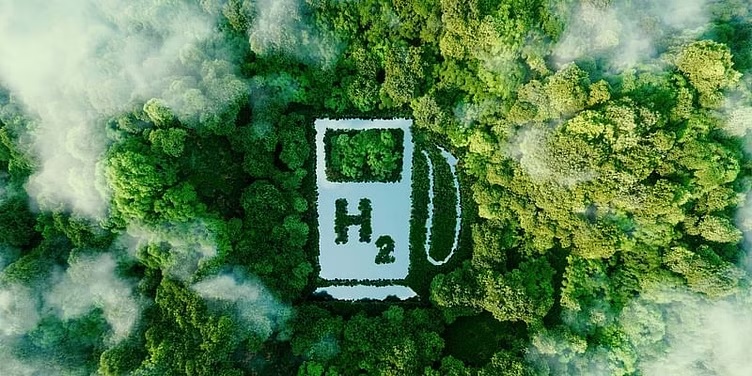
But, experts say it is going to take at least 5-7 years for India to actually starting exporting green hydrogen on the scale the government is envisaging. This is because till 2030 India has set a target of producing 5 MMT of green hydrogen annually, which will primarily be used for domestic consumption in hard-to-abate sectors.
The government has put a number to its aim of being a leading exporter of green hydrogen in the world. Setting an ambitious target of capturing about 10 percent of the global green hydrogen market which is expected to touch 100 million metric tonne (MMT) by 2030, senior officials in the ministry of new and renewable energy (MNRE) informed.
On January 13, the government released a blueprint for its ambitious National Green Hydrogen Mission (NGHM) with a total initial outlay of Rs 19,744 crore, of which Rs 17,490 crore will be for the production-linked incentives for producing green hydrogen and manufacturing electrolysers.
“India wants to capture at least 10 percent of the global green hydrogen/green ammonia market. But, the journey to exporting green hydrogen will not be an immediate thing. It may at some point happen parallel to meeting the domestic demand of green hydrogen,” said a senior MNRE who is not authorised to speak publically.
The NGHM document too talks about India exporting green hydrogen at length.
“Considering the renewable energy potential and the enabling framework proposed under the mission, India’s green hydrogen production costs are expected to be among the lowest in the world. A global demand of over 100 MMT of green hydrogen and its derivatives like green ammonia is expected to emerge by 2030,” the document stated.
“Many countries are likely to rely on imports due to constraints on land and renewable resources required to produce green hydrogen domestically. Aiming at about 10 percent of the global market, India can potentially export about 10 MMT green hydrogen/green ammonia per annum,” it read.
India is eyeing the European Union (EU), which has set a target of importing 10 MMTPA of green hydrogen by 2030. “Not just the EU, we are also looking at exporting green hydrogen to Japan, which plans to import 5-10 MMT of green hydrogen by 2050. Similarly, South Korea also plans to import nearly 2 MMT,” said the official quoted above.
To lay the ground for creating an export infrastructure, the government has committed that green ammonia bunker (marine fuel) and refuelling facilities will be present in at least one port by 2025 and that such facilities will be established at all major ports by 2035.
Besides, oil and gas PSUs will be required to charter at least one ship each to be powered by green hydrogen or derived fuels by 2027. Thereafter, the companies will be required to add at least one ship powered by such fuel for each year of the mission. These PSUs currently charter about 40 vessels for the transport of petroleum products, as per the mission.
But, experts say it is going to take at least 5-7 years for India to actually start exporting green hydrogen on the scale the government is envisaging.
Ramanuj Kumar, Partner at Cyril Amarchand Mangaldas, said India needs to address two key challenges to push its green hydrogen production scale to the level of exporting carbon-free gas.
“First, the regulatory framework and standards of the green hydrogen export market need to be harmonised between India and the target countries. How these countries are defining green hydrogen and setting production standards and transportation infrastructure regulations around that will be a key aspect in this,” he said.












